Meera Senthilingam
This week, insight into the invasion tactics of a virus. And sugar coating this story is Josh Howgego:
Josh Howgego
Neuraminic acid is a sugar like many others. But then again, it's not.
Some sugars, like glucose or dextrose, we're pretty familiar with because we regularly eat them. But, sugars are actually pretty complex things that are important for a variety of reasons. Ribose, for example, is an integral part of the backbone of DNA. Neuraminic acid is just one of the many thousands of types of sugar.
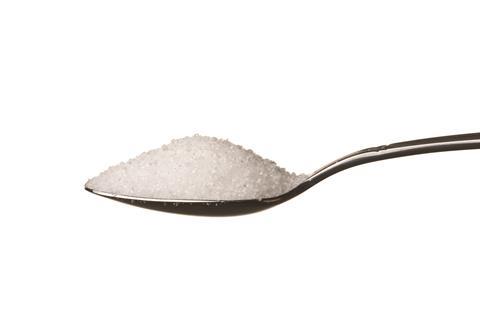
Sugars can vary widely in structure, but essentially they are rings containing four or five carbon atoms and an oxygen, with several hydroxyl, or OH, groups attached to the ring. These hydroxyl groups can be orientated either perpendicular to the sugar ring, or sticking out around the edge of the ring - 'axial' or 'equatorial' as chemists call them. The individual sugar molecules can combine with one another to form complex chains too, either long and straight or branched and bushy. The spatial arrangement of these hundreds of hydroxyl groups and their associated rings allows for the creation of a huge range of uniquely different three dimensional structures.
All this structural variety means that nature is able to use these complex sugars as something akin to three dimensional molecular barcodes. Each cell in our bodies is labelled with a particular type of identifying sugar code. Our blood types, for example - A, B and O - are determined by different sugars which reside on the surface of our red blood cells.
But labels obviously need to be read. For this purpose cells also have proteins on their surfaces. These 'read' the molecular barcodes using a mechanism often described as being a bit like a lock and key. Different types of proteins (the locks) have very specifically shaped internal cavities and only certain sugars (the keys) will fit into them.
What this system of sugar barcodes and protein scanners means is that cells are able to recognise one another. Lots of processes require cells to recognise each other; sperm have to recognise eggs for life to get started in the first place! And it's important that the body can recognise which cells are part of you and which are foreign invaders - such as bacteria or other alien particles - that need to be safely dealt with and got rid of.
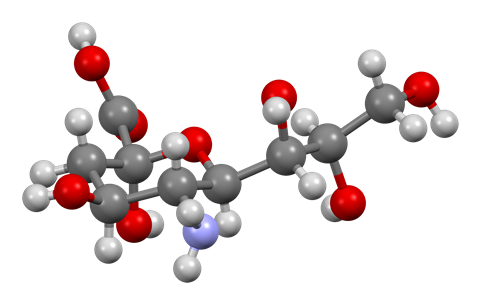
But the process works both ways. Just as the immune system uses the recognition system to try and identify invaders, bacteria and viruses also use this system to locate their host cells or tissues.
This is where we meet neuraminic acid again, because neuraminic acid is one of the most important sugar markers found in the human body. Viruses like the influenza A strain H1N1 - otherwise known as swine flu - have proteins called haemagglutinin on their surface which bind to neuraminic acid derivatives on the surface of our own cells. Once they've firmly latched on to the neuraminic acid tag, they can then begin to do their dastardly work of repurposing the cell's biological machinery to make more viruses. It also makes us very ill, of course.
Now scientists understand a little bit about how this recognition process works they are beginning to attempt to use this knowledge to stop infections before they can even start. Well, that's the ultimate goal anyway.
To do this, chemists need to design a molecule with a three dimensional structure that is a lot like neuraminic acid. It has to be a close enough replica so that it will fit into the protein 'lock' as if it was authentic neuraminic acid. And once there, this decoy sugar should ideally stick in place, effectively blocking the virus's docking station so it can't latch on to the real sugar.

It takes a long time and quite a bit of trial and error to perfect the design of this molecule, but these are essentially the principles that guided the design of the well-known drug Tamiflu. In this real-life example, Tamiflu doesn't actually block the recognition process. Instead, Tamiflu sticks to a different protein, called neuraminidase, which also recognises a neuraminic acid derivative. The virus uses neuraminidase to release new copies of itself from the infected cell. So blocking it means that once a virus has latched onto one cell, that's it. The cell is infected, but the viral progeny can't be unleashed and so the length and intensity of the resulting illness is greatly reduced.
So you thought sugar was just something you should probably eat slightly less of? Well, that's still true, but these molecules also do so much more than that, and many, like neuraminic acid, are implicated in some of the most significant processes that happen in our amazing human bodies.
Meera Senthilingam
And targeting these sugars has greatly aided the development of antivirals. That was Josh Howgego with sugary, but not sweet, chemistry of neuraminic acid. Now, next week, a key compound in a food item that many of us may just be trying to avoid following the festive season.
Brian Clegg
On the whole food comes without gender bias. We all have our likes and dislikes, but it's rare that you can point to a foodstuff and identify it as favoured more by men or women. But there's one thing we eat that seems to have a particular appeal for female consumers, and it's hard not to blame theobromine. Theobromine is the compound that makes chocolate special.
Meera Senthilingam
And to find out just how the compound theobromine makes us partial to a tasty piece of chocolate, join Brian Clegg in next week's Chemistry in it's element. Until then, thank you for listening. I'm Meera Senthilingam.






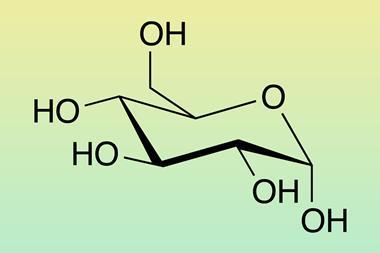

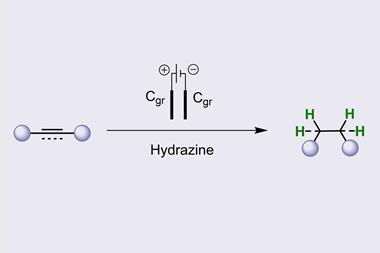
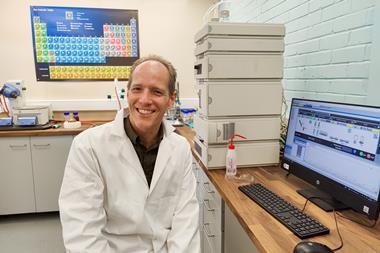

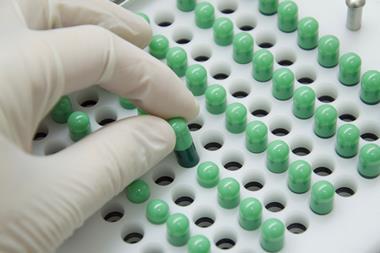

No comments yet